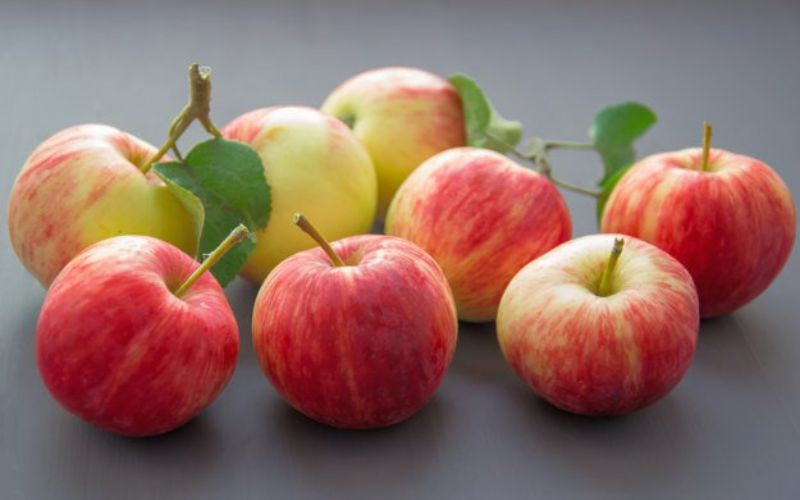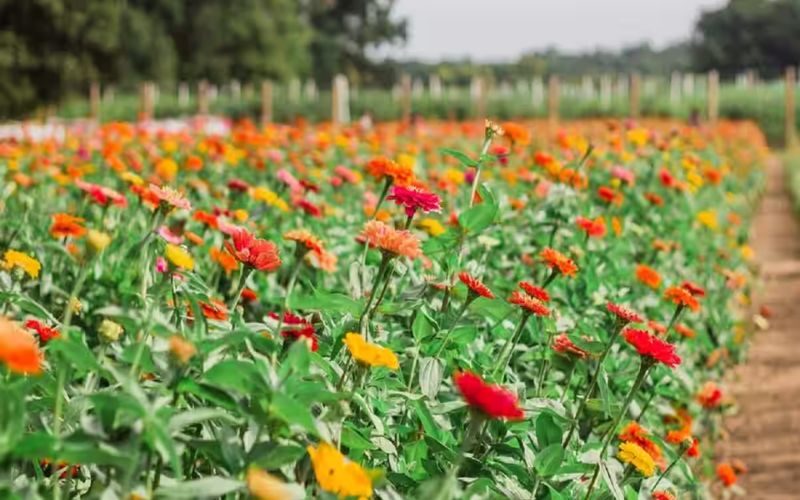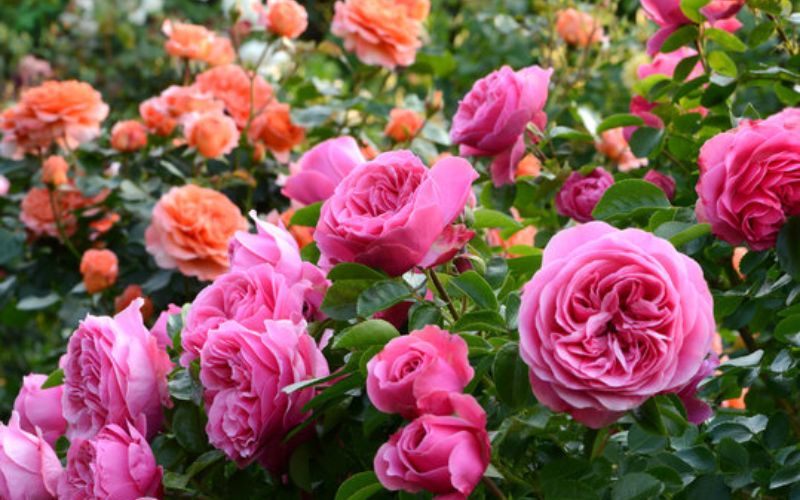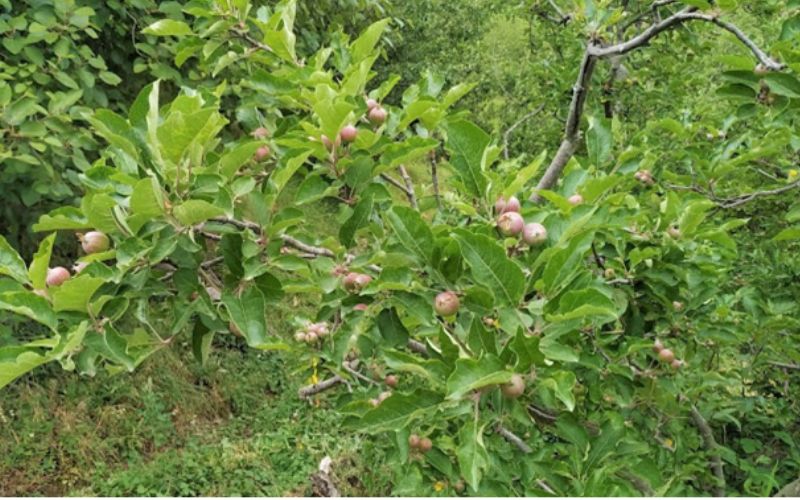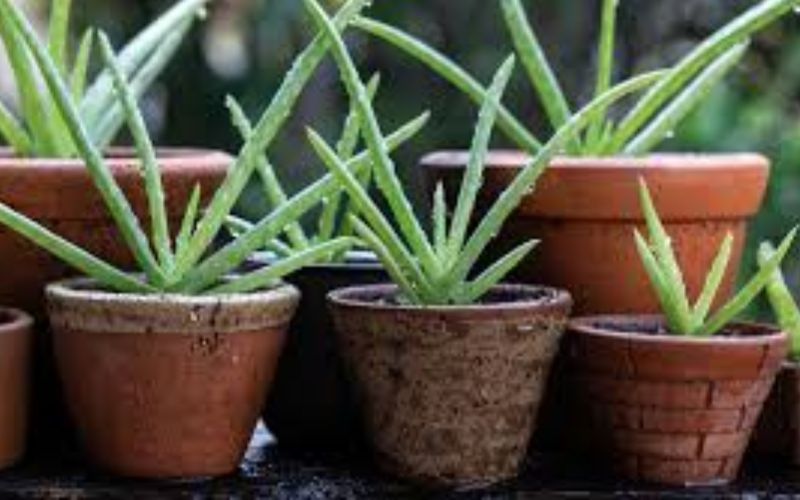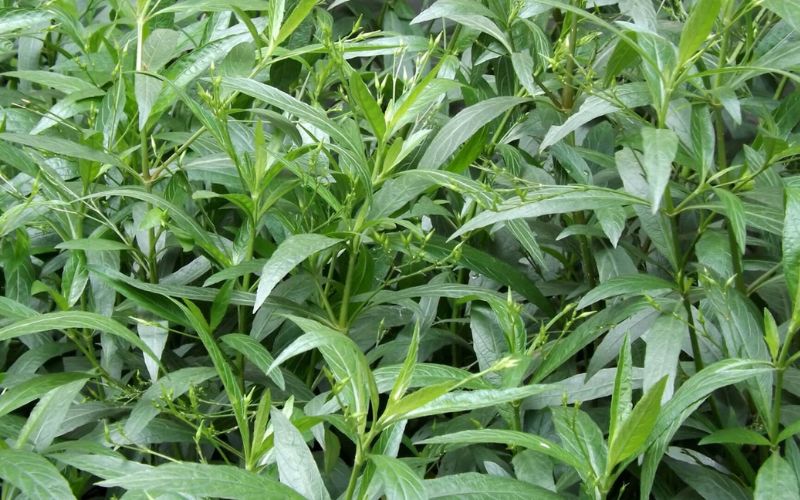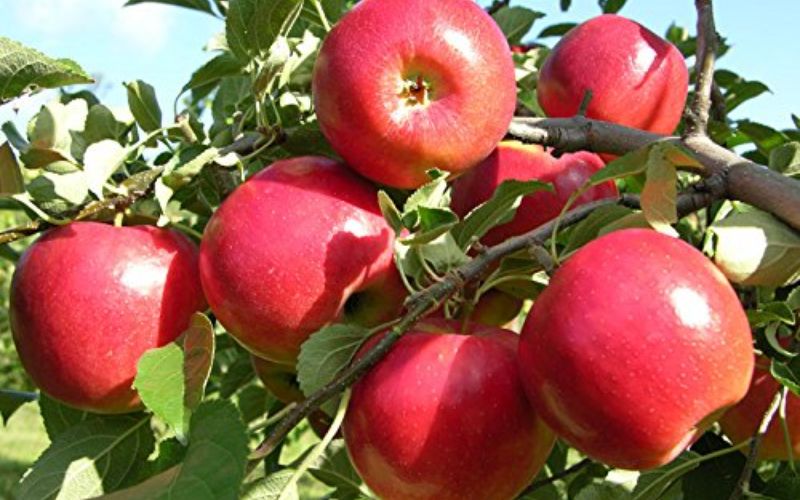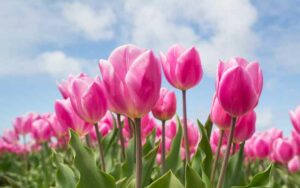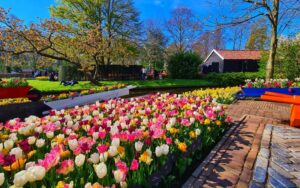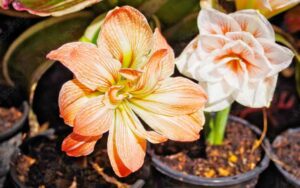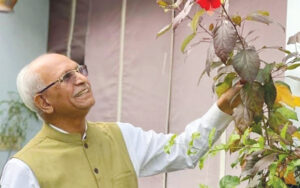Delhi Flowering Drive by NDMC
YP Singh
Editor, Nursery Today
In another attempt to beautify the city, the New Delhi Municipal Council takes an extended initiative. It procured a total of three lakh tulip bulbs to be planted in the areas under the NDMC. The New Delhi Municipal Council (NDMC) serves as the municipal council for New Delhi, Delhi, India, overseeing an administrative area of 42.7 km2, often recognized as Lutyens’ Delhi. It largely covers the areas surrounding Shanti Path, Talkatora Garden, Windsor Place, Central Park (Connaught Place), Mandi House, Akbar Road, Chanakyapuri, Lodhi Garden, and Nehru Park. Notably, Raj Niwas, and others. Of the three lakh tulips to be planted, one lakh bulbs are designated for use in DDA parks and two lakhs for areas under the New Delhi Municipal Council (NDMC). Earlier this year the NDMC conceptualized the “waste-to-wonder” water park for the G-20 summit in New Delhi. The initiative to plant tulips across different locations in the city is an initiative by the LG’s goal of turning the city into a “city of flowers”.
This winter season marks a significant expansion, as tulip bulbs are scheduled to be planted not only in NDMC areas but also for the first time in Delhi Development Authority (DDA) parks citywide. In an expansionary initiative from the previous year, tulips will be distributed across sixty-five locations in Delhi. Not the first attempt to beautify the city areas by planting flowering plants by the civic body but a unique attempt. The city will witness blooming tulips at the onset of the spring in February. Additionally, various other winter flowers, including petunia, salvia, cineraria, antirrhinum, poppy, verbena, dianthus, hollyhock, nasturtium, coreopsis, pansy, and lianum, are slated for planting at ninety-one different sites throughout the city. The selected locations include DDA areas such as Baansera and Asita, as well as at least eighteen parks featuring statues commemorating heroes of the freedom struggle. Tulips will also beautify NDMC and the designated areas in Delhi including the Raj Niwas will witness the planting of five hundred tulip bulbs, a first.

Tulip in the Mughal Garden
This season’s tulip planting initiative by the NDMC represents a doubling of last year’s efforts in the New Delhi area, where one lakh fifty thousand tulips were planted. The procurement of three lakh tulip bulbs was carried out under the directive of LG Saxena, with one lakh allocated for DDA parks and two lakhs for NDMC areas. In a noteworthy development, the NDMC established a foreign flower unit at Lodhi Garden in November. As per civic body officials, approximately fifty-four thousand imported tulip bulbs were harvested this year, with fifty-two thousand sent for further research to the Council of Scientific and Industrial Research Institute of Himalayan Bioresource Technology in Palampur. Currently, two thousand bulbs are housed in the two chambers at the Lodhi Garden unit.
Blooming Tulip
The civic authorities plan covers a larger area but with cost-effective techniques. The New Delhi Municipal Council has issued tenders to purchase bulbs from the Netherlands but aims to eventually grow its tulips to reduce the cost. Another cost-cutting enterprise was mentioned by Delhi’s Lieutenant Governor (LG). He had addressed the issue of obtaining tulips by communicating with officials in Jammu Kashmir and Ladakh, along with the government of Himachal Pradesh. The LG specifically directed the NDMC to acquire the flowers domestically instead of resorting to imports. This directive aimed to promote and support local suppliers, leading to cost savings in the procurement process.
In the NDMC-managed tulip gardens of Delhi, the bulb-planting process initiates during the second week of December, with an anticipated bloom period spanning thirty to forty days for the flowers to blossom. Full bloom is achieved in February, and the blossoms persist for thirty to forty days, occasionally extending into mid-March. As per the NDMC, the splendid display of tulip flowers reaches its peak in February, gracing the gardens with vibrant colours and captivating beauty. This floral spectacle lasts for an impressive duration, ranging from twenty fine to forty days, occasionally extending the visual delight until mid-March. The civic body has procured pre-treated and pre-programmed flowers to survive the erratic weather conditions. Every year it is increasing the number of bulbs to be planted. It planted sixty-two thousand eight hundred bulbs as compared to the one lakh fifty thousand bulbs before the G-20 summit. Compared to the previous two plantations it has planned to plant several three lakh bulbs in December 2023. Additionally, the NDMC also organized a fifteen-day Tulip festival on the lines of the Srinagar Tulip Festival. Earlier tulip flowers were planted at the Mughal Gardens for a beautiful flower show embracing the spring season.
NDMC Flowering Drive and Tulip Festival
The meticulous planning and execution by the NDMC highlight the city’s commitment to enhancing its floral diversity. It provides the residents and visitors with an enchanting horticultural experience. The tulip gardens, under the management of the NDMC, not only serve as a testament to the city’s dedication to ornamental horticulture but also contribute significantly to the aesthetic allure of Delhi’s landscapes. These bulbous plants, carefully nurtured by the NDMC, play- a vital role in transforming the gardens into a breathtaking panorama of colours, symbolizing the delicate balance between natural beauty and human cultivation. The tulip bulbs, planted with precision, signify the city’s efforts to create a harmonious blend of nature and urbanity, offering a unique and vibrant experience for those who appreciate the charm of tulip flowers in bloom.
Horticulture and Tulip Plantation
As interest in horticulture and gardening grows in India, tulips have become a part of the diverse flora cultivated for ornamental purposes. Gardening enthusiasts and botanists have started experimenting with different varieties and hybrids to adapt tulips to various climatic conditions in the country. The NDMC’s approach to planting tulips and other bulb plants in the capital region is an outcome of this ongoing endeavour. Tulips, belonging to the genus Tulipa, consist of approximately a hundred bulbous herb species within the lily family (Liliaceae). Originating from Central Asia and Turkey, these flowers are highly favoured in gardens. Over time, a wide array of cultivated forms and variations have been created, making tulips one of the most beloved choices among garden flowers. Introduced to Europe in the sixteenth century when they were brought to the Habsburg court in Vienna. The interest in tulips grew, and they soon became popular in the Netherlands. The most famous chapter in tulip history is the period known as “Tulip Mania,” which occurred in the Dutch Golden Age during the seventeenth century. The demand for tulip bulbs soared, leading to a speculative frenzy where the prices of tulip bulbs reached extraordinary levels. However, this speculative bubble eventually burst in 1637, resulting in a financial crisis. Despite the economic downturn in the tulip market, tulips continued to be cultivated and appreciated for their beauty. Over the centuries, horticulturists and botanists developed numerous cultivars and hybrids, leading to the wide variety of tulips we have today.

Tulip Flowers by NDMC at Gyarah Murti
In the Indian context, tulips are not native to the region, but they have gained popularity as ornamental flowers. Tulips are not indigenous to India but have been introduced and cultivated in specific regions. In recent years, efforts have been made to grow tulips in regions with suitable climates, such as in parts of Jammu and Kashmir. The region of Jammu and Kashmir, with its cool climate and high-altitude areas, has become known for tulip cultivation. The Indira Gandhi Memorial Tulip Garden in Srinagar is one of the largest tulip gardens in Asia. It was opened in 2007 and features a stunning display of various tulip varieties, attracting tourists and locals during the blooming season. The cultivation of tulips in Jammu and Kashmir has contributed to the region’s tourism industry. Tulip festivals are organized annually, showcasing the vibrant colours of the flowers and attracting visitors from different parts of the country.
Cultivation and Care
Few things evoke the essence of spring as effectively as the vibrant blossoms of tulips. The good news is that cultivating them is a relatively straightforward process!
The tulip is a perennial plant that grows from a bulb, which is an underground storage organ. The tulip bulb contains the necessary nutrients and energy for the plant to sprout, grow, and produce flowers. Tulip bulbs are typically planted in the fall, and the cold winter temperatures are essential for their proper development. As spring arrives, the bulbs start to sprout, producing the iconic tulip flowers with their vibrant colours and distinctive shapes. After flowering, the plant goes through a dormant phase, and the bulb remains underground until the next growing season. Whether your tulip is an annual or perennial depends on both the tulip variety and the care it receives. Annual tulips have a lifespan of just one year and require replanting each fall. On the other hand, perennials endure, returning year after year and gradually spreading across your yard or garden. Some of the varieties are Olympic Flame, Peppermint Stick, Negrita, and Spring Green Tulips. For optimal results, it is recommended to plant tulip bulbs in September or October in northern climates and in October or November in southern climates. If you reside in a warmer climate, it is advisable to delay planting. Ensure that the bulbs are placed in the ground or pots when the soil temperature is below 60°F (15°C). This allows the tulips to establish robust roots during the winter, ensuring a splendid bloom come spring. As a bulb plant, the tulip is a transformed stem. The bulb serves as the dormant phase for specific seed plants, particularly perennial monocotyledons. The fleshy leaves of a bulb act as reserves of nourishment, supporting the plant during adverse conditions like winter or drought.
Significance of Tulip
Tulips, valued for their exquisite beauty, hold a special place in cultures worldwide, often symbolizing expressions of love and joy. In the context of India, these vibrant flowers play a unique role by contributing to the country’s diverse floral landscape. Appreciated for their aesthetic allure, tulips enhance the visual appeal of gardens and landscapes across the nation, adding a touch of charm to the rich tapestry of India’s horticultural heritage. Their presence not only reflects a global appreciation for their elegance but also underscores the universal language of beauty that transcends cultural boundaries. When contemplating flowers renowned for their charm and grace, the tulip stands out as one of the foremost contenders. Its enchanting beauty and vivid hues have ingrained it in the tapestry of human culture, carrying deep significances that resonate with our emotions. Ideal weather conditions for travelling to Delhi are experienced during February, March, October, and November, characterized by clear skies, absence of rain, and pleasant warmth. Thus, attracts more tourists, especially in the areas of Central Delhi where the plantation drive is taking place. The NDMC’s plan to beautify the city by flowering Delhi is an economical and ecological initiative like its “waste-to-wonder” water park.
Conclusion
The NDMC has been working tirelessly to keep Delhi clean and beautiful. Its initiatives over the years to beautify the areas in Delhi are not unique but cost-effective and environment friendly. Be it the “waste-to-wonder” water parks or the “NDMC-City of flowers” initiative, NDMC has adopted various innovative techniques to attract the attention of nature-loving and beauty-seeking citizens. The decision to procure bulbs from Kashmir and other parts of the country is sustainable for Indian tulip cultivators and is cost-effective. The magnificent aura of tulips was earlier unique to the Kashmir region and now one doesn’t need to visit Srinagar. You can see a part of Kashmir now in Delhi, thanks to the NDMC.




